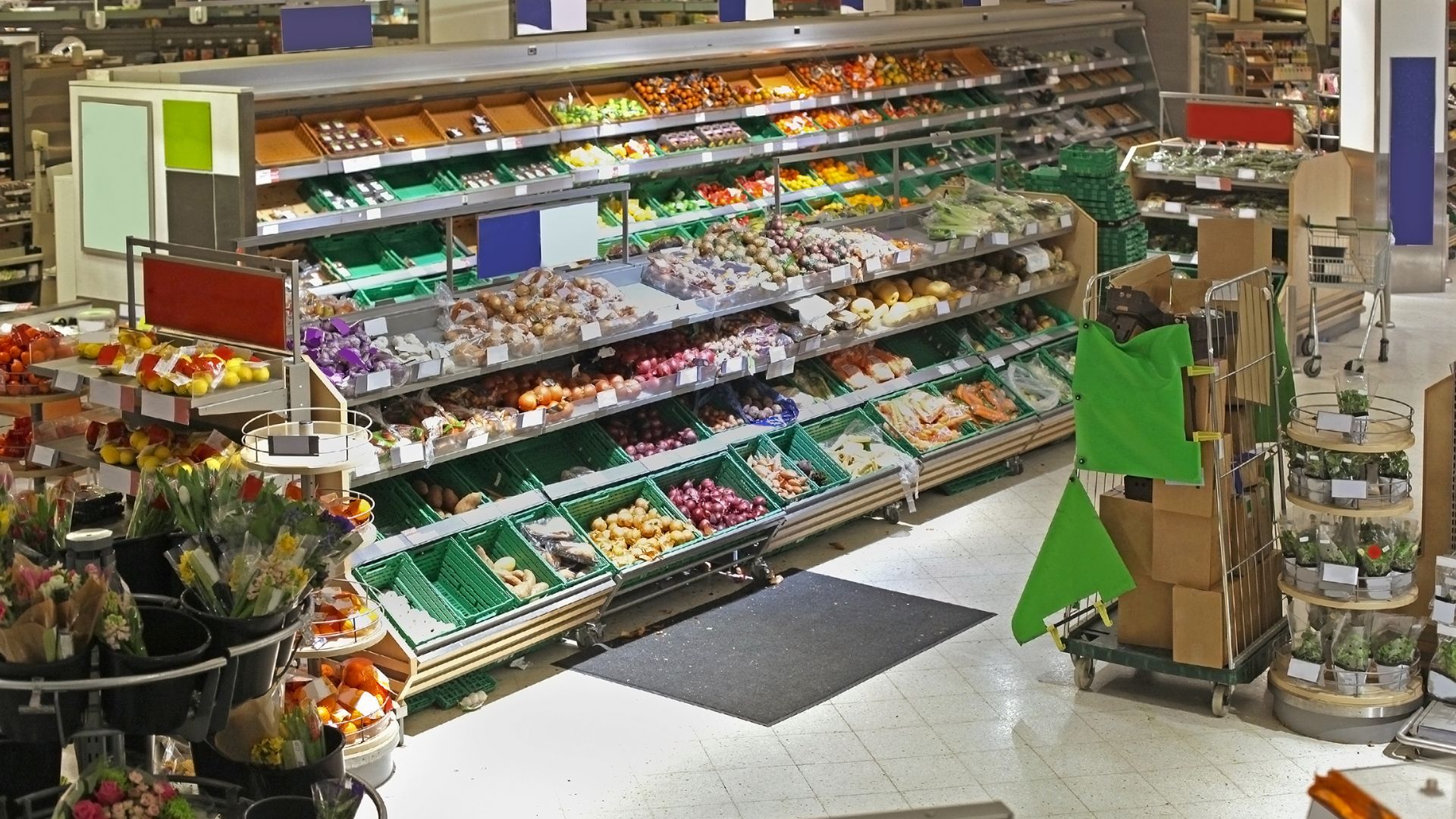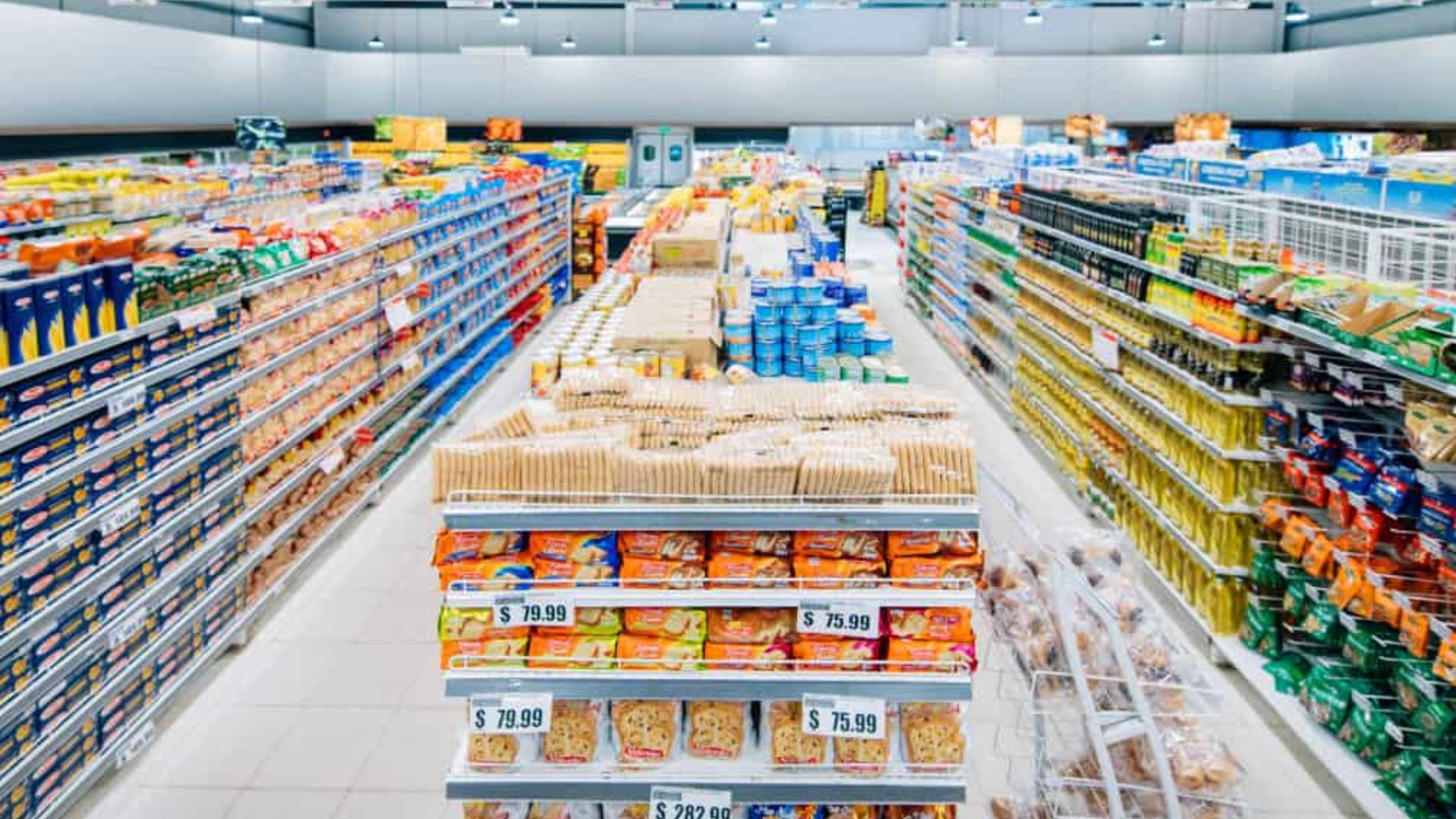Category Managers determine the right product assortment that is crucial to retail success. The post-pandemic era has seen Category Managers leading their categories through uncertain and turbulent times. They have to identify new perspectives and different approaches to retail space planning, leveraging the overwhelming amount of data available to create a fruitful strategy for category expansion and at the same time, navigate “out-of-stock” challenges.
In this blog, we detail how Category Managers can drive incremental sales by identifying challenges they face and turning them into opportunities by leveraging data quickly from a business perspective. The key is to be agile enough to make the required changes fast and meet the customers where they’re at.
Dealing with Out of Stock (OOS) and Low On-Shelf Availability (OSA):

Category Managers influence consumer purchase behavior by implementing carefully researched planograms, but bringing the products on the shelf remains an issue. The fact remains that the retailers miss out on nearly $1 trillion in sales because they don't have on hand what customers want to buy in their stores.
There’s a need for solutions that actually work towards solving low OSA and high OOS, rather than generating a lot of data with no real insights on how to deal with either of the issues. An ideal solution would automate the process that picks up on stock levels and kicks into gear a mechanism by which the distribution of products is made to the outlets in need of that stock.
The OOS situation requires thought leadership and a holistic view of conjoined data sources. At ParallelDots, we believe that in-store execution data is insufficient to solve the problem. The crucial link here would be having access to both the sell-in and the sell-out data for that outlet. This will help in determining the product stock levels, and the retailer can place a request to replenish their stock. Over time, this process can be automated based on predictive analysis courtesy of in-store execution data - when the stocks are running low, the solution would alert the supplier, and immediately, a fresh supply of SKUs to that particular outlet can be initiated.
The issue of On-Shelf Availability (OSA) can be resolved by investing in a Computer Vision Solution that collects shelf execution data and is quick enough to immediately rectify low OSA. With the help of offline image recognition features, the merchandisers can be alerted about the missing SKU ( in less than 60 seconds if ShelfWatch’s ODIN is deployed) and quickly replenish the item on the shelf.
Monetising shifting shopper behaviors and trends -

There has been a shift in consumer preferences in the past decade. Earlier, the brands educated the consumer in order to create a new market for their products. But now the consumers are very well aware, and the brand has to keep up with that awareness and come up with quality products that meet consumer needs. As a result, category segmentation has seen a rapid rise in the past decade - cruelty-free personal care products, vegan dairy, and sustainable clothing to name a few.
The fundamental truth Category Managers understand is this - whoever predicts the next macro trend, will benefit from the first mover’s advantage. For this purpose, access to sell-in, POS, and household panel data is insufficient. Having access to quality shelf execution data is crucial. This data would include what is happening on the shelf and how the brand’s promotional campaigns are faring vis-a-vis competition. If one can understand what is catching consumer attention in those precious few seconds as they browse the aisle, they have the power to predict the next trend, further segment their category, and monetise the shift in consumer behavior.
Planning Retail Space that accounts for Consumer’s Omnichannel Behaviour -

Post-pandemic, consumers purposely seek out omnichannel retailers. Consumers want to buy products online, while they browse other products in-store. The onus is now on Category Managers to understand omnichannel behaviours and customise planograms, create adjacencies, and segment categories from a business perspective.
For this purpose, they must have a 360° view of their category dynamics. This requires “eyes” in the store that correlates POS data with the point of product lift-off in the retail outlet. Now the Category Managers can periodically manage retail shelf space and switch planograms in a manner that captures consumer attention and leads to maximum product lift-off. Consumer Omnichannel Preference should be seen as an opportunity by Category Managers to bring their brands to the forefront, and increase their online sales.
As for brick-and-mortar stores, better category performance means that shelf space can be negotiated with the retail partner, and market share in that category can be increased.
Generating meaningful insights from a huge data pool -
CPG and Retail brands rely on POS data, Household Panel Data, and Ad-hoc research. However, this data does not provide a complete picture of what’s happening in-store.
- POS data provides sales, share, and other critical distribution measures and works with fast-moving SKUs but it fails to answer -Where in the store is a product displayed? Where on the shelf is it located?
- Household panel data provides customer basket analysis, but it fails to answer: Was a certain product actually available? Was the preferred product visible on the shelf?
- Ad-hoc shopper research adds insight into decisions, but again, it fails to answer the fundamental question: How does a shopper behave in the impulse of the moment?
To answer these questions, one requires access to in-store execution data that provides you with eyes in the store and outlines what is actually happening on the shelf. By measuring asset compliance and shelf KPIs, the point of product lift-off can be gauged via predictive analysis. OSA Metrics, shelf share and competition analysis can tell you if the consumer had access to their trusted/ preferred products. By establishing adjacencies and segmenting your category, impulse buys can be ascertained.

In-store execution is the missing link that ties all the POS, household, and ad-hoc research data together. Factoring all four data sets can help Category Managers understand market dynamics better, and customise their category strategy accordingly.
Standardizing KPIs across departments for Perfect Store Execution :
The key KPIs for in-store execution are associated with the 6Ps as outlined by Unilever - product, pack, placement, price, promotion, and proposition. They help measure in-store execution and give a wholesome view incorporating value addition to the brand apart from sales-driven gain.
But its benefits can be fully utilized only when Category Managers ensure their KPI measuring units are standard across changing markets. A consistent system keeps customer insight analysis error free which helps in executing true perfect stores. In turn, it helps in fair comparisons of product sales, quick identification of potential problems, and finding their solutions.
To help KPI calculation, Category Managers must empower their merchandisers with cutting-edge technologies like computer vision and sales force automation solutions. As per Gartner report, Image recognition technology can increase sales force productivity, improve shelf condition insights and help drive incremental sales.
A balance between sales and brand value has to be struck. A brand has to keep in mind the shopping needs and behaviours of customers and accordingly make trade-offs between retailer and manufacturer objectives. These trade-offs require a disciplined KPI system that is aligned throughout the organization and a way to measure the said KPIs without bias through technology. This is the reason why the perfect store is a journey and continually evolves with work in progress.

The CPG manufacturers need to provide Category Managers with the correct tools so that they can leverage customer data and create a granular workflow that accounts for consumer behaviour. Ultimately, it is up to the CPG manufacturers to empower their Category Managers with the ability to interpret in-store conditions in the context of space and sales. It helps brands improve SKU productivity, earn better returns on space, and gain retailer trust.

Liked the blog? Check out our other blogs to see how image recognition technology can help brands improve their execution strategies in retail.
Want to see how your own brand is performing on the shelves? Click here to schedule a demo for ShelfWatch.


